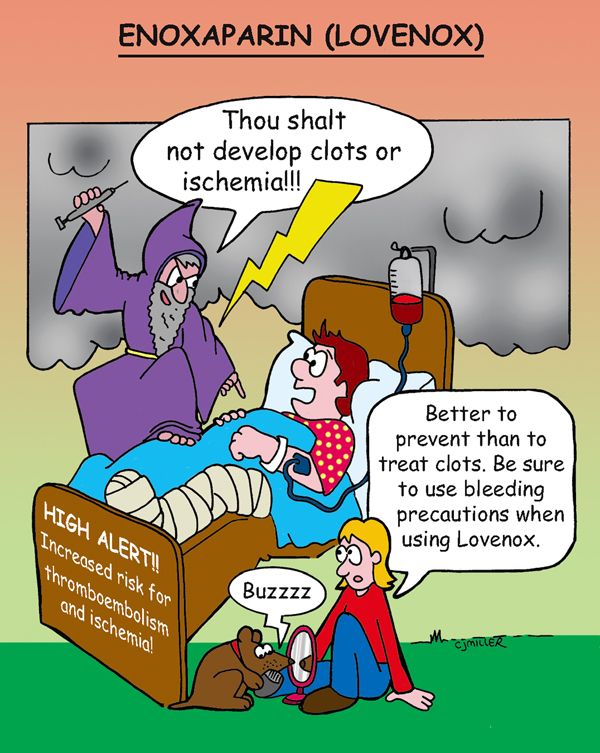


#Antidote for lovenox pro
Thus, to abolish AT anticoagulant activity, a Pro residue was inserted between Arg393 and Ser394, inducing a twist on the RCL able to prevent interaction with the target protease. The conformation and amino acid sequence surrounding the scissile bond on the RCL (especially Arg393 and Ser394 at positions P1 and P1′, respectively, according to Schechter and Berger's nomenclature 12) are critical for protease inhibition. Inhibition of proteases by AT involves interaction of the inhibitor reactive center loop (RCL) within the protease active site, cleavage of the RCL, and irreversible complex formation. Furthermore, only few rare cases of thrombocytopenia under fondaparinux treatment were reported, with controversy on a direct causal relationship between the drug and the symptoms in one case.

It also appears safer compared with UFH or LMWHs because of its synthetic origin and its favorable pharmacokinetic profile, which allows a daily injection without continuous monitoring. It has been evaluated in different clinical trials and appears at least as effective as enoxaparin (a LMWH) for several indications. Fondaparinux is the first factor Xa (FXa) selective inhibitor that has received approval for clinical use. It will thus be designated as a heparin derivative in the present work.

2 Fondaparinux is a synthetic pentasaccharide whose structure and mechanism of action present several homologies with UFH and LMWH. Besides the continuous monitoring required for UFH, both UFH and LMWHs have serious side effects, such as hemorrhage, heparin-induced thrombocytopenia, 1 or adverse reactions related to a contaminating product in heparins derived from animal tissues. Unfractionated heparin (UFH) and low-molecular-weight heparins (LMWHs) are well-established anticoagulants commonly used to prevent or treat thromboembolic disorders and to prevent clotting of extracorporeal blood during hemodialysis and cardiac surgery. These results clearly demonstrate that AT-N135Q-Pro394 can reverse the anticoagulant activity of fondaparinux and thus could be used as an antidote for this drug. This antidote effect was also observed in vivo: administration of AT-N135Q-Pro394 in 2.5-fold molar excess versus plasma AT neutralized 86% of the anti-Xa activity within 5 minutes in mice treated with fondaparinux. AT-N135Q-Pro394 was shown to reverse fondaparinux overdosing in vitro in a dose-dependent manner through a competitive process with plasma AT for fondaparinux binding. As expected, AT-N135Q-Pro394 anticoagulant activity was almost abolished, and it exhibited a 3-fold increase in fondaparinux affinity. This variant (AT-N135Q-Pro394) combines 2 mutations: substitution of Asn135 by a Gln to remove a glycosylation site and increase affinity for heparins, and the insertion of a Pro between Arg393 and Ser394 to abolish its anticoagulant activity. To make the use of fondaparinux safer, we developed an antithrombin (AT) variant as a potent antidote to heparin derivatives. Contrary to UFH or LMWHs, fondaparinux is not neutralized by protamine sulfate, and no antidote is available to counteract bleeding disorders associated with overdosing. Heparin derivative-based therapy has evolved from unfractionated heparin (UFH) to low-molecular-weight heparins (LMWHs) and now fondaparinux, a synthetic pentasaccharide.


 0 kommentar(er)
0 kommentar(er)
